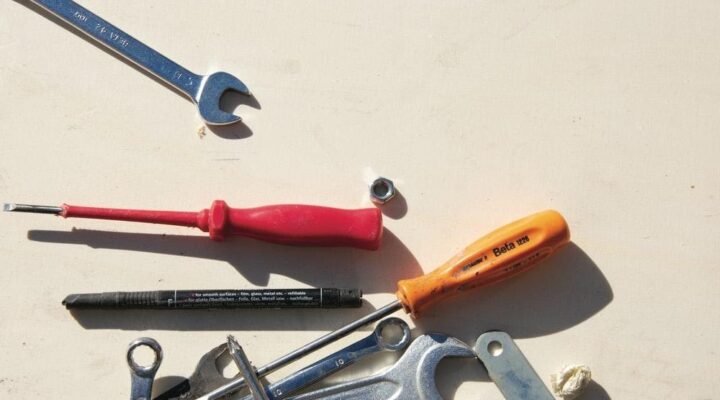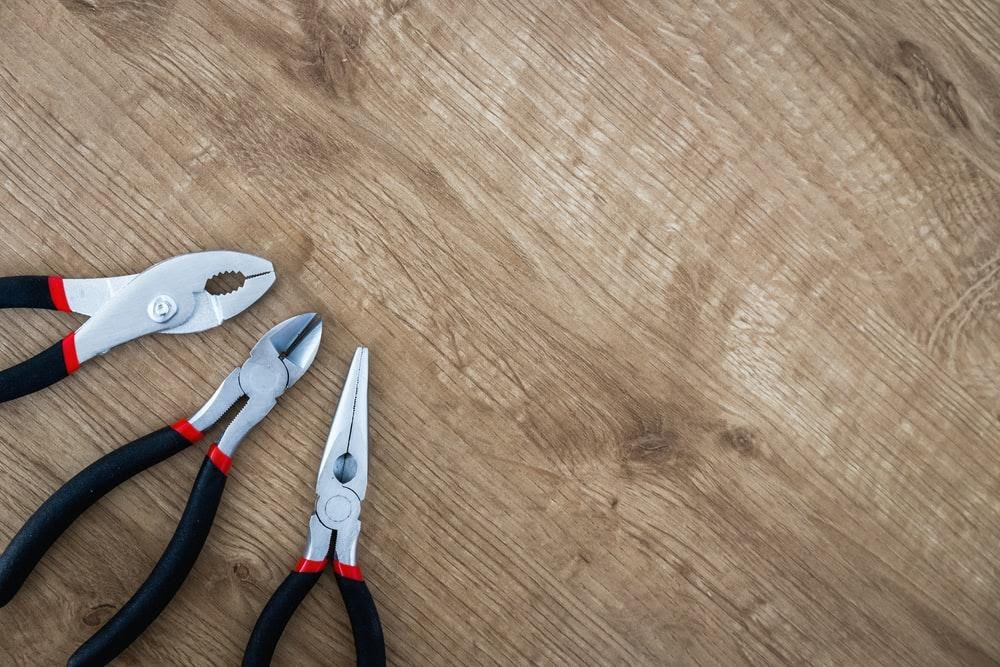
When you come to that time in your life when you have to make a decision on which career path to choose and an electrician comes to mind; then it is time to start looking at what kind of tools and equipment you might need to make your job safe, effective and of a high standard.
Electrical work can’t be done without the correct tools. Although electricians seem to disagree on which the crucial tools are, it all depends on the type of work that needs to be done. The categories are industrial, house installations or just plain maintenance.
To perform safe and reliable work, companies like THG electrical ensure that they have crucial and essential tools to do the job. As well as the old trustworthy tools that have been in Dad’s toolbox for years and years.
Whether you are an aspiring electrician, or a curious reader, here are all the tools needed in a successful tool kit.
ELECTRICAL TOOL KIT
As an electrician assembling and maintaining your electrical tool kit to make sure that you have the correct tools is very important. It is one of electrical company’s main responsibilities to ensure that their workers deliver an effective and high standard service.
You don’t have to buy top of the line tools at first, as long as you have the basic tools and they are in a good working condition and sturdy, you are set to go.
CHOOSING AN ELECTRICAL TOOL KIT
Here are a few factors you should consider when choosing the following items:
TOOL BELT
When choosing a tool belt make sure that it is comfortable to wear, have enough slots to hold about the same number of tools as a backpack or carry-around tool kit with easy access.
BACKPACK TOOL BAG
This tool bag is the perfect option for electricians who need to work hands-free and only carry the essential tools, test equipment, and high-quality wires and cables for a particular service or minor installations in order to manage their electrical supplies and offer the best services to its clients. Make sure to get a durable bag that can fall from high scaffolds or buildings without it getting damaged. It must also be weatherproof with lots of storage slots, in order for tools to be easily reached.
LEATHER POUCH
Choose a leather pouch that is made with the highest quality leather for durability and sturdiness. It must sit very flat and not fall over. The leather pouch is ideally for maintenance and smaller electrical jobs.
CRUCIAL ELECTRICAL TOOLS
Here is a list of the most crucial items you’ll need in your kit:
VOLTAGE TESTER
An absolute necessity is definitely a voltage tester. This tester can detect if there are any live wires or devices. It is a crucial tool for a safety check before starting on a project. A non-contact voltage tester can detect electricity just by being near a wire or an outlet slot.
MULTIMETER
The multimeter measures electrical voltage, current (amperage), resistance and DC voltage. They come in analog and digital versions. A multimeter is very useful to measure battery voltage, detecting faults as well as solving complex electrical problems.
Electricians find that a multimeter is crucial to pinpoint problems in power supplies, wiring, appliances, motors and many more. This multimeter is just what the electrician needs to work more productively, accurately, and safely.
ESSENTIAL ELECTRICAL TOOLS
See below a list of all the basic essentials that should be in your kit:
CIRCUIT FINDER
A Circuit finder can find the circuit directory in a home where the service panel is rarely matched with the complementary breaker. The circuit finder is plugged into the outlet and can identify where the matching directory is.
WIRE STRIPPER
This handy tool is used to cut and strip insulation from electrical wires to replace or repair the wires. The wire stripper has a series of labelled holes that matches the wire gauges. You simply insert the wire into the correct hole and it strips the insulation precisely without damaging the wire. Some combination tools can even be used to crimp wires.
This is essential for safety. For more information on electrical safety read this fact sheet by the CCOHS.

TORPEDO LEVEL
This small level will ensure that your boxes and switches and their outlet covers are 100% level.
ALLEN WRENCH SET (HEX KEYS)
These keys are used to tighten hex-head screws, which are found on appliances and light fixtures. A metric and a standard set of Allen wrenches are essential for your toolbox.
CABLE CUTTERS
Also known as eagle beaks these cutters cut through large conductors and smaller cables. Only to be used on copper and aluminum.
LINEMAN’S PLIERS
These heavy-duty pliers are used for cutting, straightening and bending wires. When making splices it is used to twist wires together. It is worth your while to invest in a good sturdy brand that can last you a lifetime.
SIDE CUTTERS
They are great to cut smaller gauge wires or cutting in areas which are hard to reach. It will be worth your while to invest in a side cutter that is fitted with wire-cutter blades built into the jaws or on the handles just below the pivot as this will become one of your most used tools in your tool kit.
NEEDLE NOSE PLIERS
With their long needle nose these pliers are excellent for gripping in tight spaces.
CHANNEL LOCKS
These pliers named after the American company that produces them, are used for grabbing and pinching, to conduit fittings, gang boxes and connectors. To have different sizes available in your tool kit is a must.
Learn more about essential tools electricians need here: https://www.electricianinformationresource.com/electrical-tool-kit.html.
It is your responsibility to make sure that your tools are in a good condition, so that you can work safely and effectively. Make sure to remove any excess oils or grease and store them in a dry place.
Now that you know what should be in every electrician’s toolbox, you’ll be able to analyze your own local electrical company’s worker’s kit and add a few of them to your own personal collection.
Leave a Reply